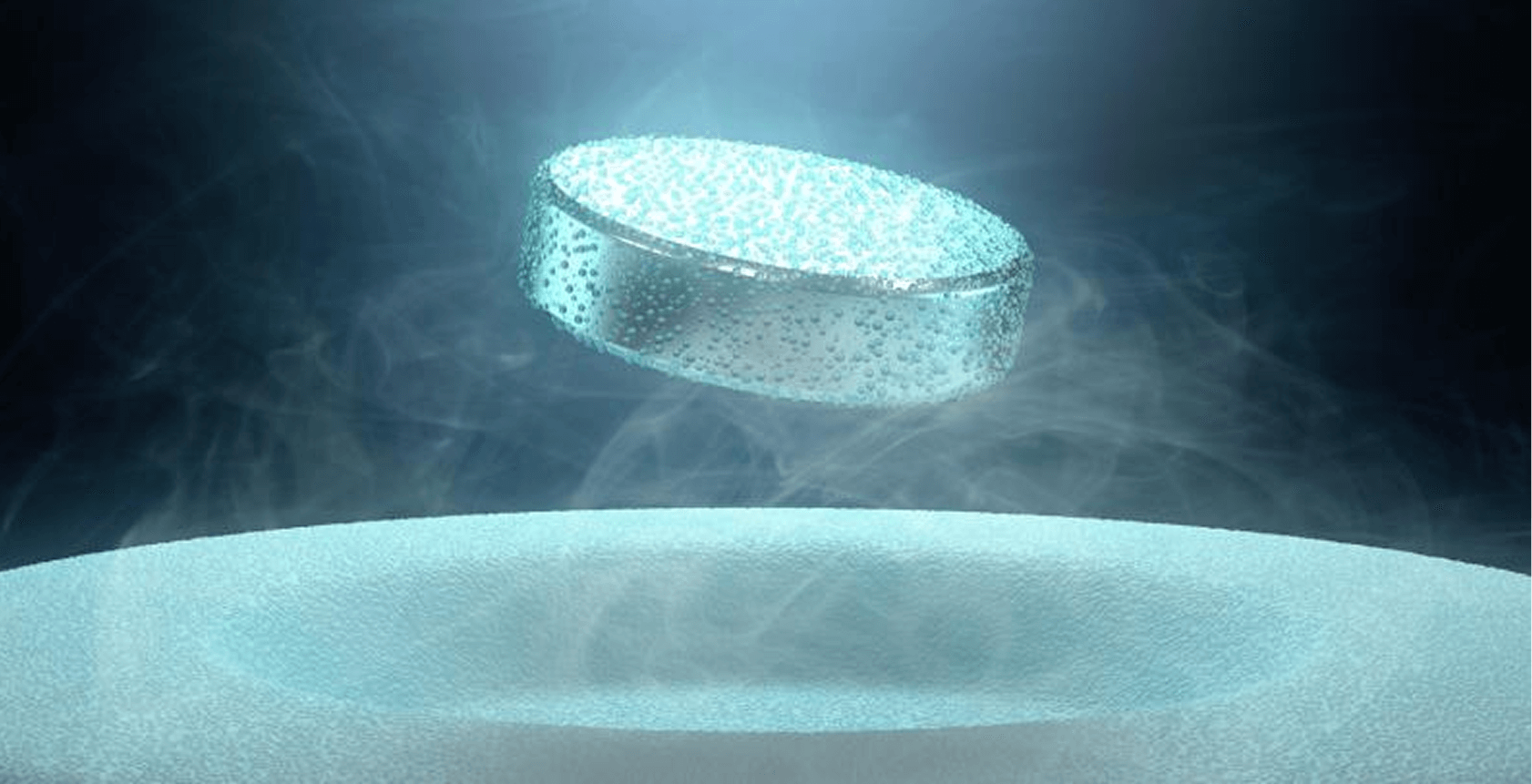Superconductors
Engineering Room-Temperature Superconductors Using Quantum Simulation
- Built To Order
- Production Ready


Superconductivity is a remarkable quantum phenomenon first uncovered by Dutch physicist Heike Kamerlingh Onnes. While studying how mercury conducts electricity at extremely low temperatures, he made a groundbreaking discovery: at around 2 Kelvin (–271.15°C), mercury’s electrical resistance suddenly vanished. Completely. Zero resistance.
In typical conductors, lowering the temperature reduces resistance—but never eliminates it. Electrons always bump into something. But in this state, mercury let current flow in a perfect loop, without any external voltage, potentially forever—so long as it remained cold enough. This led to its recognition as one of the first superconductors.
It was a discovery that opened the door to a new world of physics—one where electrons move without friction, and energy loss in transmission becomes a thing of the past.

Room-temperature superconductivity is widely regarded as one of the most transformative goals in physics. While there have been experimental demonstrations under extreme pressure or energy conditions, a scalable, ambient solution remains elusive to the scientific community.
However, Automatski’s 300+ Qubit Quantum Simulators offer an unprecedented capability: the ability to design, simulate, and engineer room-temperature superconductors using quantum mechanics at full scale—today.
Once achieved, room-temperature superconductivity will unlock next-generation capabilities in:
- Magnetic Resonance Imaging (MRI)
- Particle Accelerators
- Quantum Computing
- Energy Storage
- Electric Power Transmission
- Electric Generators
- Magnetic Levitation (Maglev) Trains
- Fusion Energy Systems
- Scientific Instrumentation
- Electromagnetic Shielding
- Transportation and Propulsion
- Magnetic Resonance Spectroscopy